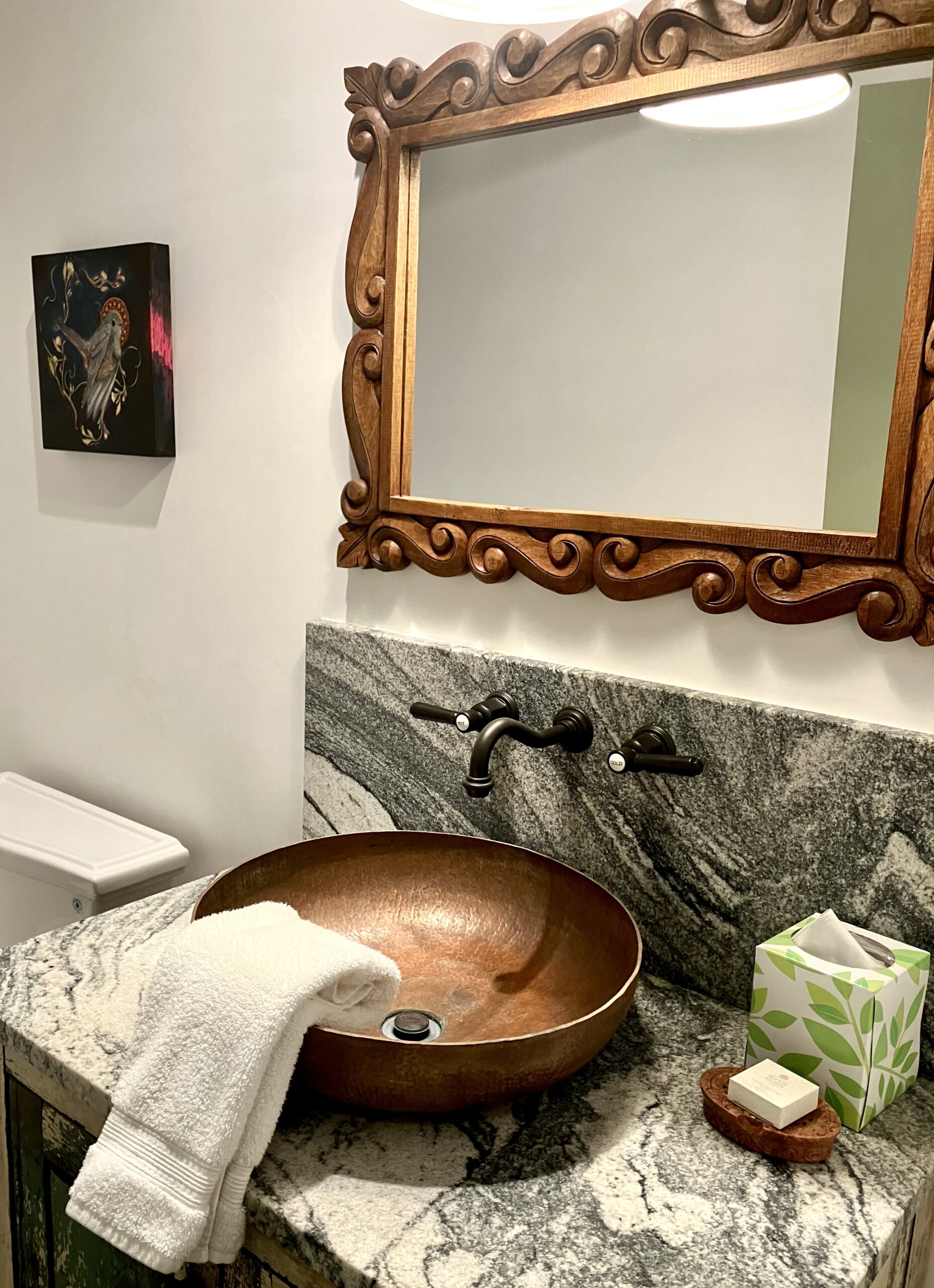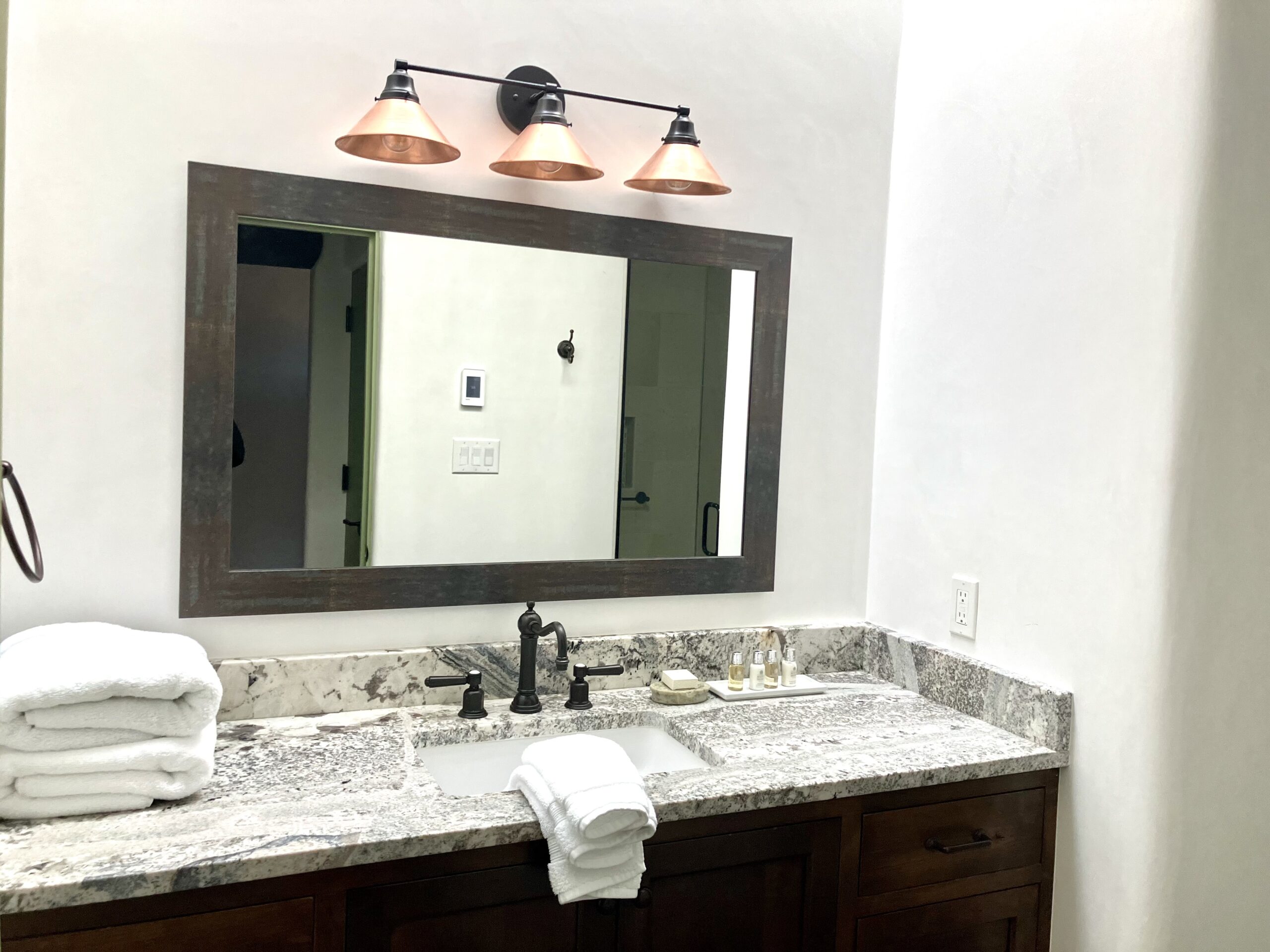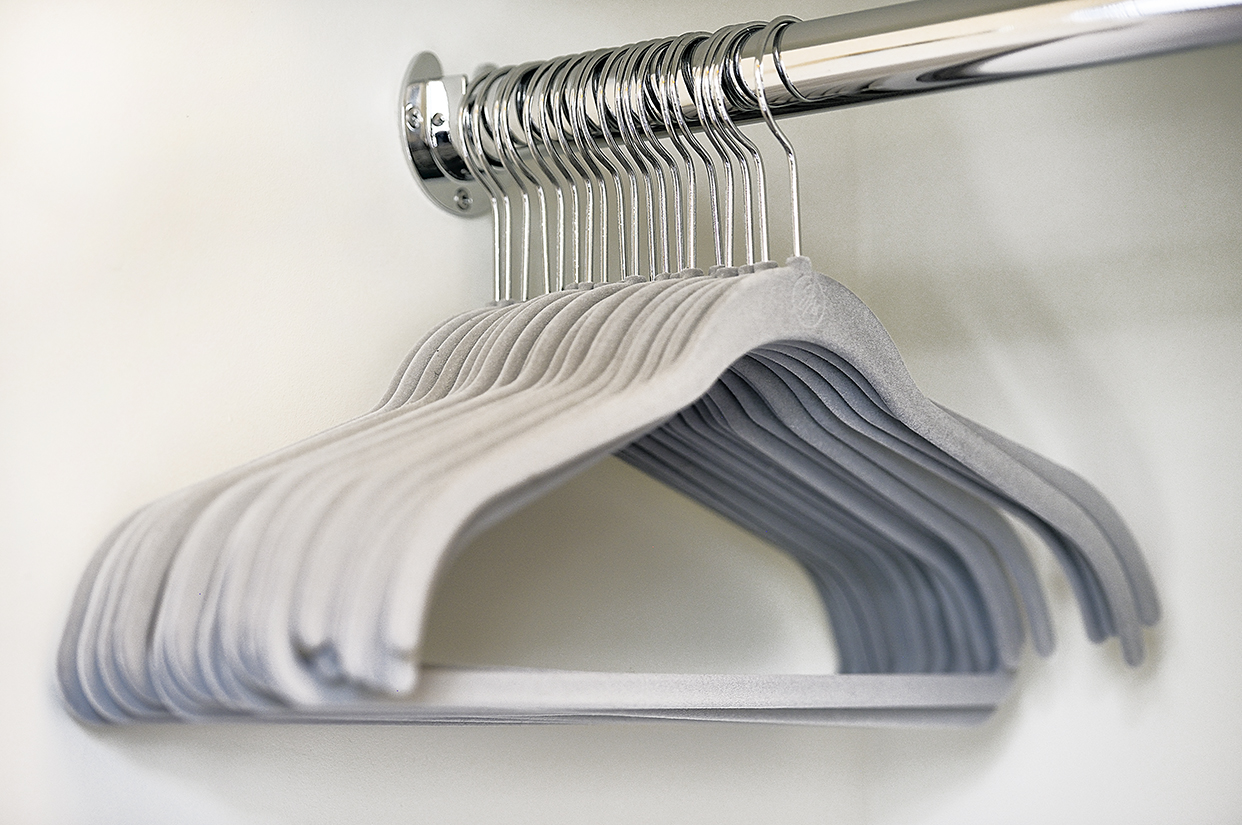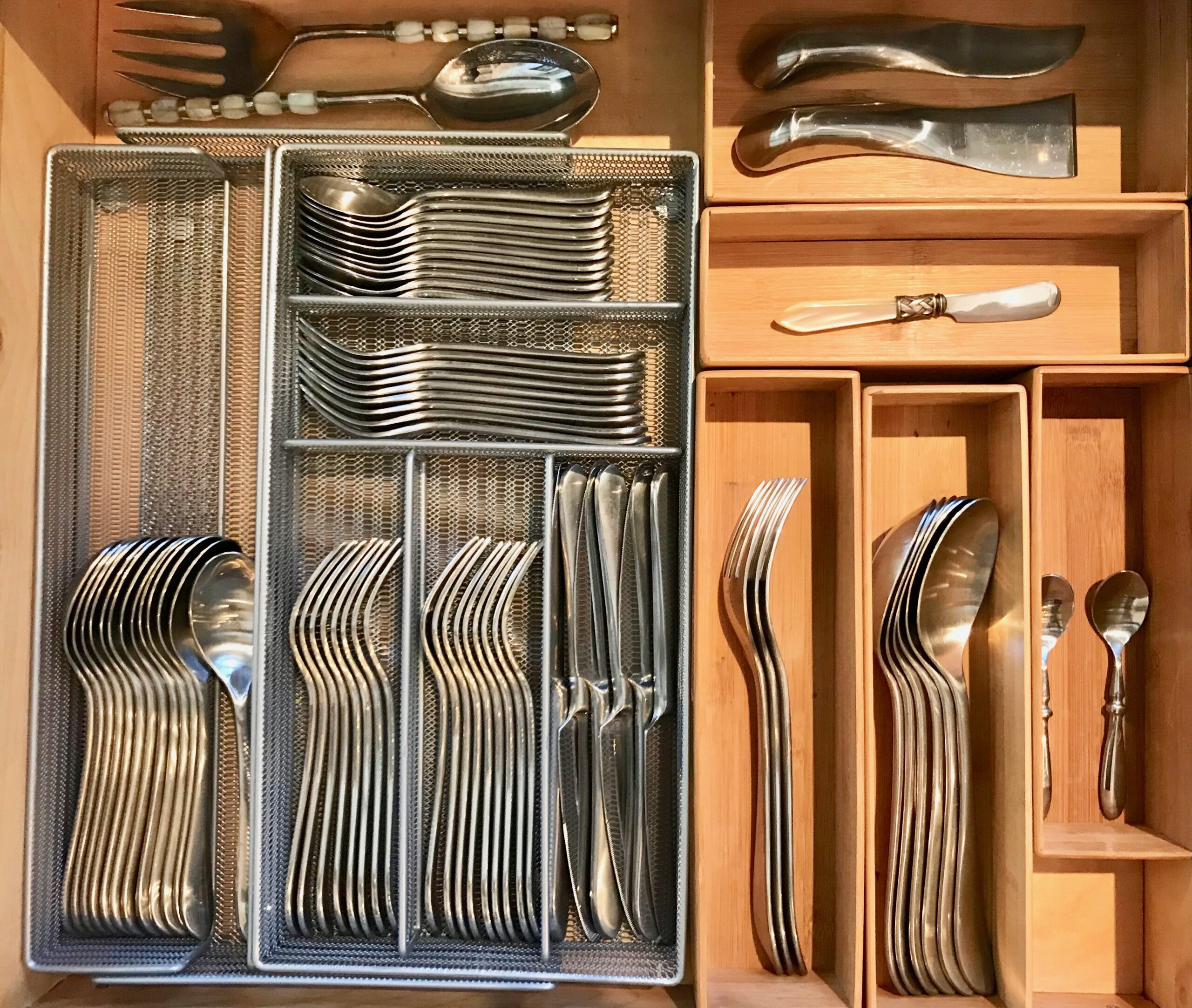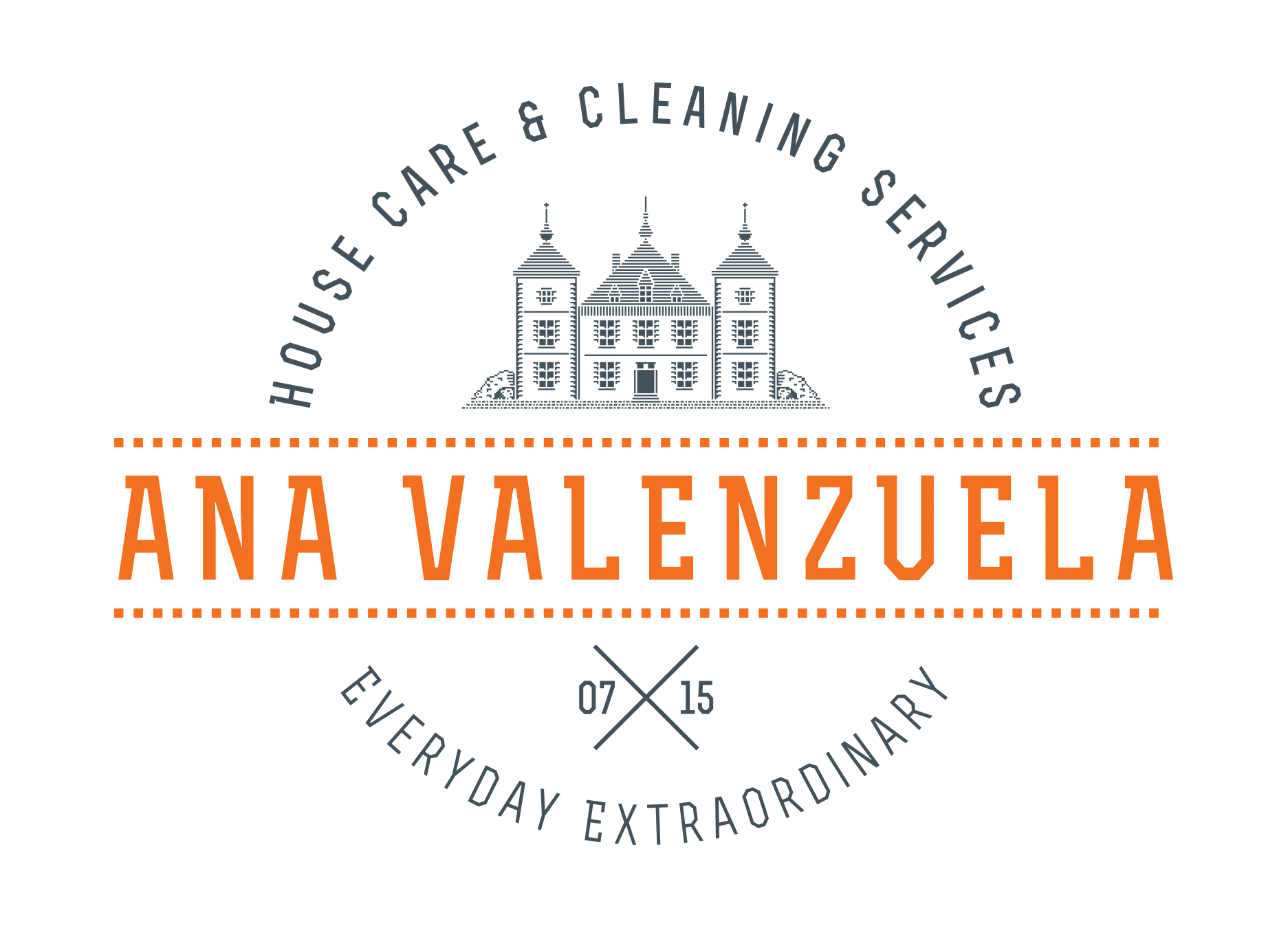You use your mattress every night. It’s where you go to rest your mind and body after a long day – and maybe where you snuggle with your loved ones. When most people think about their mattress, the number one concern is generally comfort. But that’s not all you should consider when looking for a good night’s sleep.
Have you ever thought about how clean your mattress is? A dirty mattress is not only unpleasant to think about, it also could be a health concern. Most people clean the sheets and pillowcases regularly, but don’t consider the potential germs hiding beneath.
How Dirty Is Your Mattress?

Ideally, the average person spends six to eight hours in bed every day. If you aren’t cleaning your mattress regularly, dirt, dust mites, dead skin, bodily fluids, bacteria, fungus and bugs may be sharing your bed with you. Some reports even claim that a mattress can double in weight in 10 years due to the accumulation of these items. Understanding some of these common sleep companions and why they end up in your bed in the first place is the first step toward avoiding them.
Dust Mites
You generally can’t see these tiny creatures with the naked eye, but they cling to fabric and squeeze through the fibers of your sheets to make home on your mattress. Dust mites survive in your bed by eating the dead flakes of skin you shed in your sleep and staying hydrated through your body’s humidity.
These little critters don’t physically hurt people by biting or stinging, but they are a common allergen. According to the American Lung Association, allergies to mites can range from mild to severe, and the symptoms may include watery eyes, sneezing, runny nose, congestion, cough and even asthma attacks.
Bacteria
Studies have shown that old mattresses and heavily used pillows can be breeding grounds for different types of bacteria due to the warm, moist environment our bodies create. The most common bacteria found in beds are staphylococci and stomach germs. Some of the bacteria found in bedding may cause antibiotic-resistant infections, as well as blemishes, colds or skin irritations.
Fungus/Mold
Mold and fungus form on a mattress when moisture is trapped in the fabric. This moisture can come from humidity in the air or from body heat as you sleep, and is more common in materials that aren’t breathable. Much like dust mites, mold or fungus in the mattress can result in asthma attacks or allergic reactions, as well as potentially interfere with your quality of sleep.
How Often Should You Clean Your Mattress?

With all of the potential health risks lurking under your sheets, it’s extremely important to clean your mattress regularly. Some experts say once a year, others say a minimum of twice every 12 months. If you are more concerned, you can clean it at the beginning of each season. When your mattress hits 7 years or older, skip the clean and consider buying a new one altogether.
How Do You Clean Your Mattress?

Cleaning your mattress can be done at home with a few simple steps and tools. First and foremost, if you don’t have a mattress protector, it’s a good idea to invest in one. These are designed to keep dust and dirt off of the mattress itself, and many come in a waterproof version. Protectors are not a failsafe against dirt, mites and bacteria, but they can minimize their presence and potentially extend the life of your mattress.
When it’s time to clean your mattress, be sure to check the manufacturer’s guidelines for care instructions, as some cleaning products and techniques may not be recommended. If you are afraid to risk it, hiring professional cleaners is always an option. They will know what products to use, how aggressive they can get, and can advise you on proper maintenance after they are done.
If you decide to try the cleaning yourself, remove all of your bedding, including your mattress cover, and put in the washing machine on a hot cycle. Then begin the basic mattress cleaning process:
- Vacuum: Use a handheld vacuum or the upholstery tool on a larger one to suck up the dirt, dead skin cells and dust mites on the top and sides of the mattress. This should be done at least seasonally, as well as during your complete mattress clean.
- Remove Spots/Stains: In general, try to clean up spills when they happen by dabbing with a damp cloth. To remove stains from your mattress, scrub the spots with an upholstery shampoo, or create a cleaning foam, called “dry suds,” from dishwasher detergent and water. For tougher stains, such as blood or urine, combine hydrogen peroxide with water and blot the spots with the mixture before working into the stain with a toothbrush.
- Disinfect: Washing your sheets, vacuuming regularly and using a waterproof mattress pad can help you limit the amount of moisture that collects in your bed, which is the main cause of mold and bacteria buildup. Using a dehumidifier in the room can also help, as it keeps dry air flowing around the bed. If you are concerned there may already be a germ issue, squirt antibacterial fabric spray over the top and sides, but be sure to let the fabric dry completely before making the bed again.
- Deodorize: A clean mattress should also smell fresh. After cleaning the stains, disinfecting and vacuuming the tiny, dusty debris, sprinkle some baking soda across the top. Let it sit for 15 minutes to an hour, and then vacuum away. This will keep the mattress fresher and drier between cleans.
A Clean Mattress Brings Better Sleep

As an item you use every single day, your mattress should be cleaned as part of your normal home care routine. While comfort is critical to a good night’s sleep, so is hygiene. With a few basic steps, you can sleep comfortably knowing your family is safe in their beds, without having to worry about what they are breathing in and rubbing on their skin.
Try cleaning your mattress on your own with this simple process, or have it washed by a qualified home cleaning service. Hiring professionals ensures you get a proper, deep clean – and peace of mind that your bed is a healthy place to sleep.
Sources:
http://www.slate.com/blogs/the_drift/2015/11/24/mattresses_dust_mites_and_skin_cells_how_gross_does_your_mattress_get_over.html
http://www.kjrh.com/news/problem-solvers/pillow-germs-testing-revealed-bacteria-growing-on-bed-pillows-how-often-you-should-replace-them
http://www.msn.com/en-gb/health/familyhealth/is-your-mattress-making-you-ill/ar-BBijGyn
http://www.sleepjunkie.org/dust-mites-fungus-bacteria-oh-my-latex-and-memory-foam-pillows-may-help-your-health/
http://www.ecohomeinspired.com/blog/the-best-way-to-clean-a-mattress/
http://www.today.com/series/how-often-should-you/how-clean-mattress-t17111
http://bettersleep.org/mattresses-and-more/caring-for-a-mattress/replacing-a-mattress
http://www.goodhousekeeping.com/home/cleaning/tips/a18944/cleaning-mattress/
http://www.hgtv.com/design/decorating/clean-and-organize/20-cleaning-tips-for-beds-and-mattresses

